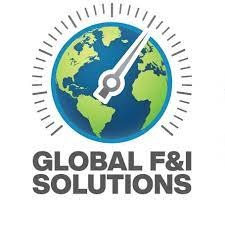
Rising Prices in the Used Hybrid and EV Market: What's Driving the Surge?
The used car market is currently witnessing significant fluctuations, particularly affecting hybrids and electric vehicles (EVs). As per the Carfax Used Car Index, May saw prices rise by an average of $750 compared to April, marking a notable rebound after two years of consistent declines. The West region experienced an even steeper increase, with a surge of over $1,100. So, what factors are contributing to this upward trend in pricing?
Economic Uncertainties and Consumer Priorities
One significant driver behind the rising prices is the heightened consumer interest in fuel-efficient vehicles amid ongoing economic uncertainties. With consumer confidence recently dipping to a three-year low, many buyers are prioritizing savings. The focus has shifted towards used fuel-efficient vehicles as a means to cut long-term costs associated with car ownership. The increasing prices reflect a market catching up to the evolving consumer sentiment.
New Car Inventory Declines: A Key Factor in Price Increases
Another important element affecting prices is the notable decline in new car inventory, which dropped by 10% in April alone. This decrease is attributed to the spike in sales following the announcement of import tariffs. With fewer new cars available, demand for used options has surged, particularly hybrids and EVs, leading to further upward pressure on pricing.
Regional Price Variations: Understanding Local Trends
The price increases in the used car market exhibit significant regional variations. For instance, while hybrids and EVs saw the largest price hikes in the West at $1,100, the Southeast reported only a modest increase of $470. Interestingly, pickup trucks dominated the price increases with $1,200 in the Southwest and $740 in the South. In contrast, some regions experienced segment-specific price drops for vehicles like used vans and SUVs.
Understanding the Impact of Vehicle Damage
One must also consider how vehicle condition impacts pricing trends. Research indicates that vehicles with damage or extensive repair history may see a decrease in value, adding another layer of complexity to the used car pricing landscape. Potential buyers must be wary of this when calculating the true value of any used hybrid or EV.
Financing Your Used Vehicle: Essential Insights
With the surge in prices, understanding used car financing rates is crucial for buyers. While the market adapts to changing conditions, exploring the best financing options ensures consumers make informed decisions. Buyers might want to calculate possible financing through tools like used car loan calculators, which help assess monthly payments against current used car loan interest rates.
For dealership principals, GMs, and fixed ops directors, recognizing these trends is essential. They need to prepare for the shifts in consumer behavior and market dynamics to maintain competitiveness in the ever-evolving automotive landscape.
In conclusion, as used hybrid and EV prices rise, it is vital for potential buyers to navigate the financing landscape effectively. Keeping abreast of the most competitive used car loan rates can empower consumers to make the best financial decisions and enhance their purchasing experience.
 Add Row
Add Row  Add
Add 




Write A Comment